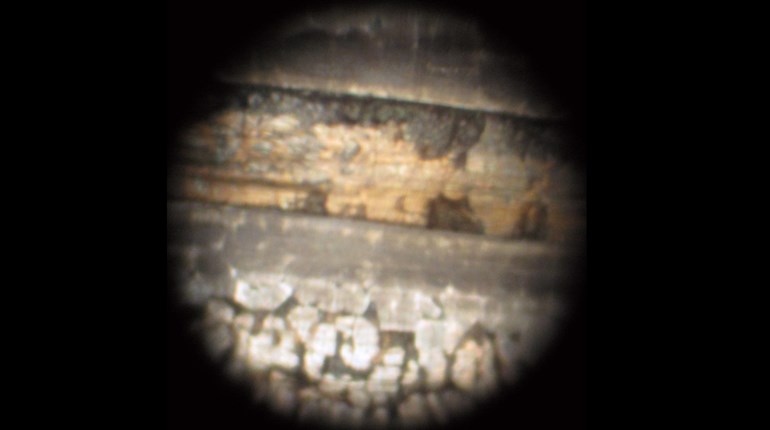
Wadcutters have a distinctive appearance, their projectile being nearly flush with the case mouth. They’re designed to cut paper, but are more versatile than some shooters assume.
I am a confirmed, hardcore revolver man and have been since my early days in the police and security business more than 30 years ago. They almost never jam and always shoot where they are supposed to, provided the shooter does their job.
In the early days, we qualified and shot competition with .38 Spl. wadcutter ammunition out to 50 yards and sometimes beyond. For street use, we were supposed to change out to hollowpoints, but some of us stayed with the wadcutters because we could hit what we were shooting at with a high degree of certainty and the results were as good, or better than, what we saw with the vaunted hollow-point ammunition.
Although retired and living in a rural area, I still feel the need to keep a gun close at hand. I know that technology has changed things over the years, but I would like to know what, if anything, is wrong with using wadcutters for defense or various other applications in my revolvers?
C.W. Dierks, Caddo Gap, AR
Aside from safety, the objective of shooting is hitting what you are aiming at. Being able to do that with your revolvers loaded with wadcutters should instill a great deal of confidence in dealing with any situation you might encounter that may require a handgun.
Although .38 Spl 148-grain wadcutter ammunition is generally thought of as paper-punching target ammunition, it is not a poor choice for general use and certainly is not last on the list for personal-defense applications, either.
The sharp shoulder of the wadcutter bullet tends to cut tissue much like it does paper or cardboard as opposed to a round-nosed bullet, which pushes material to the side, and then closes somewhat once the bullet has passed through. It is easy to see the difference when comparing the two side-by-side. The resulting wound channel of the wadcutter is more pronounced than the sleeker bullet. When penetration is considered, typically available factory wadcutter ammunition, regardless of brand, penetrates bare gelatin well beyond the minimum FBI standard. Since the bullets are swaged lead, they are relatively soft and may even expand slightly over a 12-plus-inch wound channel.
Wadcutters are pleasant to shoot in snubnose revolvers, much more so than the higher-pressure rounds loaded with lighter and faster jacketed hollow-point bullets. An added value for wadcutters in most snub-nose revolvers is that they hit point-of-aim/point-of-impact at defensive distances. The high-performance, high-velocity, jacketed hollow-point rounds generally require a degree of hold off (which applies to both windage and elevation) to get the bullet to strike the desired location, particularly in fixed-sight revolvers.
Two companies that I am aware of, Buffalo Bore and Underwood, manufacture more robust wadcutter loads designed for deeper penetration with a bullet-diameter wound channel from beginning to end. The downside is the recoil for these loads is greater than the standard target loads. There is no free lunch.
Some considerations should be noted, however. While wadcutters are great for many purposes and an excellent choice for your revolvers, if rapid reloads are important, either chamfering the chambers of the cylinder or using a more streamlined bullet for the reload might be a wise option.
Although we rarely have the option of what we have to shoot through to put the bullet where we want it, we should consider what may likely need to be penetrated when shooting defensively. Jacketed hollow-point ammunition may be a better choice in penetrating intermediate barriers or heavy clothing should either be a factor.
I suspect you have been around the block more than a few times and have survived this long with the decisions you have made. There is something to be said about that. Your experience, together with the aforementioned information, should confirm what worked before is still valid and working today.



































